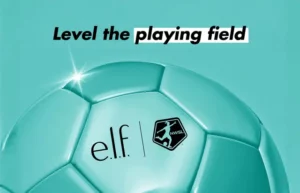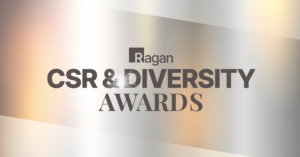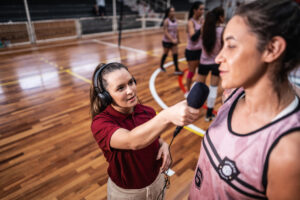How to avoid ableist, exclusive language
Some common terms can cause needless confusion or even hurt. Here’s how to make your messages more empathetic and welcoming.

What does “inclusive” language really mean?
Nikki Hopewell, senior communications strategist with Rush University System for Health, offers helpful rules for comms pros eager to include diverse audiences. (You can watch her full presentation on Ragan Training).
Hopewell defines inclusive messaging as language that “is accurate, respectful and relevant to everyone.” Rather than getting bogged down in cultural debates about political correctness, Hopewell points to the utility of inclusion.
Language that applies to a wider audience will bring more people into your orbit—and persuade more consumers/stakeholders/people to follow your lead.
Inclusive language is a particularly potent tool in organizations looking to make the jump from diversity to inclusion with their DE&I initiatives.
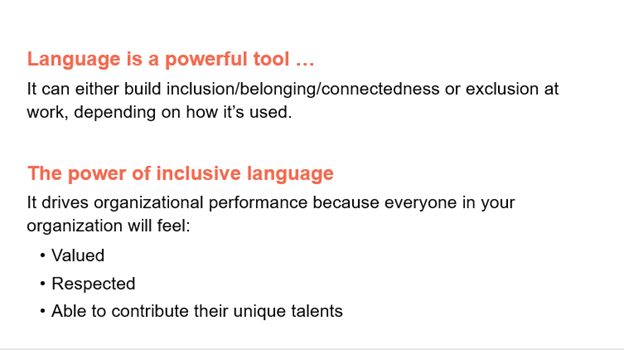
One area of particular concern for communicators is how to be mindful of people with disabilities—and avoiding common phrases or idioms that might cause offense. “Ableist” language such as “tone-deaf” might be innocent enough, but careless wording can reinforce stigma and stereotypes.
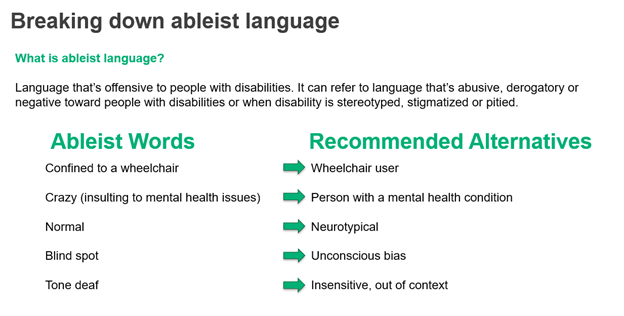
The way to avoid language that excludes marginalized demographics is to use people-first language. However, always ask people what language they would like to be used. Such outreach is a sign of respect and acknowledges their experience, allowing your organization to build trust.
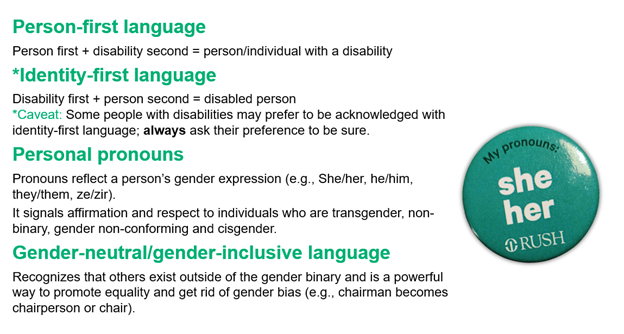
Thoughtful messaging extends to personal pronouns and gender-neutral/gender-inclusive language as well.
Hopewell’s message: Inclusive language is at the foundation of good communications principles. Active listening, empathy and respect will inform how you engage with the wide diversity of audiences that touch your organization. As a communicator, it’s your responsibility to meet these many identities and needs with the compassion of an open mind.
You can watch the full presentation from Hopewell on Ragan Training here.


